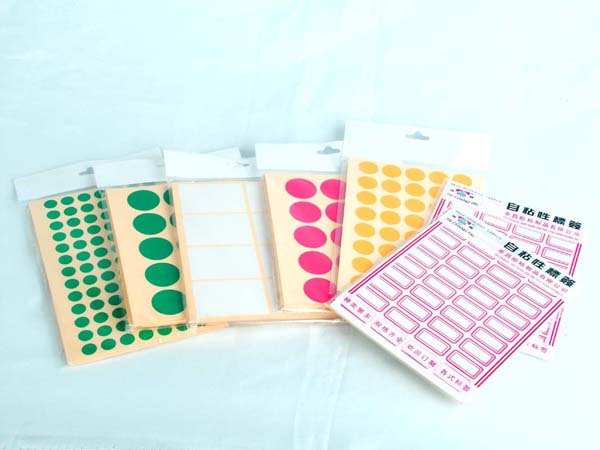First, aluminizing film printing adaptability
Direct printing on the surface of the aluminized film, whether using lithography, flexo or gravure, has problems such as printability and print uniformity. In order to obtain better printing effect, the surface of the aluminized film must be processed. The usual method is to coat the surface of the aluminized film with a layer of base oil and then carry out the post-sequence printing. At present, with the requirements of environmental protection, water-based bottom oil has gradually been applied. The use of acrylic based aqueous base oils on aluminum foils is relatively mature, but its application on aluminum coatings still has its own problems. Recent studies have shown that polyester base oils have satisfactory results in terms of compatibility, adhesion, transparency, etc., especially excellent hot stamping performance.
Second, some problems in the printing of aluminized paper and their solutions
In general, the flatness, smoothness and gloss of the surface of the aluminized paper are not as good as those of the PET aluminum film. The unevenness of the surface of the aluminized paper makes the printing uneven. In addition, its roughness poses a greater challenge for printers, especially lithographers, because the varnish coated with a lithographic press is thinner than a flexo gravure printer. If the printed image is not flat, cracks are easily formed at the crease lines when the box is folded, exposing the bottom paper. It is therefore recommended to coat the base oil before printing, which not only improves surface smoothness, but also provides a printing surface with better printability for subsequent printing. When selecting the base oil, note that:
1. Base oil flexibility
The surface of the aluminized paper is composed of a layer of fine aluminum particles, which has a tendency of deformation, breakage, and shrinkage during folding. The smaller the humidity of the cardboard surface, the easier it is to cause such problems. In addition to the ink formulator's adjustment of ink properties, the flexibility of the base oil must be considered.
2. Friction coefficient The coefficient of friction on the surface of the jammed paper is a key factor that determines whether the sequential printing process can achieve continuous feeding. The friction coefficient of the cardboard surface is determined by the nature of the base oil, so the choice of base oil is critical. In general, the harder the film is, the smoother the coefficient of friction is, the more suitable it is for the machine. The control of the coefficient of friction must be carefully tested to meet the specific requirements of each machine.
Source: China Tobacco Packaging Ink Information Network
